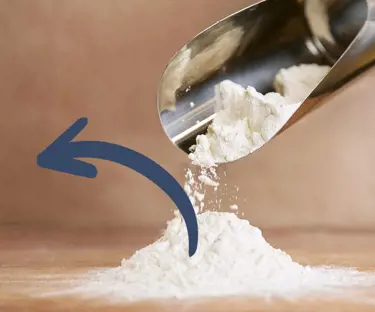Natural and essential for health, protein is being embraced by even the most health-conscious consumers as a “permission to indulge” ingredient. It’s a fast-emerging and transformative shift in the way some consumers think – thanks to dairy protein, consumers no longer have to pick indulgence over health - they can have both at the same time.
Business gurus are always encouraging companies to launch ‘disruptive innovations’. One of the biggest and most dramatically successful disruptive innovations of the last five years is the indulgent ice-cream brand Halo Top.
Halo Top promotes itself as “ice-cream you can feel good about eating”. Each 472 g tub flags its protein content of 18 g or 20 g – numbers that are likely to catch the eye of protein-hunters.
The protein content is a key element in the success of Halo Top, which was launched in 2013. By 2018, it achieved retail sales of over $350 million - making it one of the most successful new product launches of the last decade.
Surprising success
The success was unexpected. We knew that American consumers had consistently rejected low calorie and low fat ice-cream and look-alike ice-cream for half a century, and yet they surprised everyone by embracing a low sugar, low calorie, protein packed ice-cream.
Company founder Justin Woolverton was obviously right when he said that “more people wanted to eat like me: limit sugar and increase protein, but not be afraid of fat.”
Halo Top spread its wings into the UK in 2018. In its first year, it seized a 3% market share, and did so at a 25% price premium to other luxury ice-cream brands.
In response to that success, we’re now seeing other dairy innovators launch similar products like Graham’s The Family Dairy and Unilevers high protein ice-cream brand, Breyers.
The UK high protein ice-cream market is now worth perhaps £22 million ($29 million/€25 million). It may be double that a year from now.
Substantial trend
These examples are but a small part of a substantial trend. According to the Mintel global new products database, there were 136 high protein, low sugar ice-cream launches in 2018 compared to only 39 in 2017.
It’s clear that companies large and small have picked up on the consumer’s newfound willingness to embrace protein as permission to indulge. With the emergence of this new consumer driver the future is bright for protein.
This blog contains material and information intended for B2B customers, suppliers and distributors, and is not intended as information to the final consumers.


